Authors:
ABSTRACT
Aim
This in vitro study compares a new system for manual chair side fabrication of indirect composite restorations, which
uses silicone models after alginate impressions, to CAD/CAM-technology and laboratory manual production techniques. MATRIALS
AND
Methods
and study design Each 10 composite inlays were fabricated using different types of production techniques: CAD/CAM-
technology (A), the new inlay system (B), plaster model after alginate impression (C) or silicone impression (D). The inlays were
adapted into a metal tooth and silicone replicas of the cement gaps were made and measured. Statistical analysis was performed using
ANOVA and Tukey's test. Results and Statistics In group A the biggest marginal gaps (174.9m 106.2m) were
found. In group B the gaps were significantly smaller (119.5 m 90.6 m) than in group A (p0.035).
Between groups C (64.6 m 68.0m) and D (58.2 m 61.7 m) no significant differences could
be found (p0.998), but the gaps were significantly smaller compared with group B. Conclusion Chairside manufacturing of
composite inlays resulted in better marginal precision than CAD/CAM technology. In comparison to build restorations in a laboratory, the
new system is a timesaving and inexpensive alternative. Nevertheless, production of indirect composite restorations in the dental
laboratory showed the highest precision.
PLUMX METRICS
Publication date:
Keywords:
Issue:
Vol.17 – n.3/2016
Page:
Publisher:
Cite:
Harvard: P. Pott, A. Rzasa, M. Stiesch, M. Eisenburger (2016) "Marginal fit of indirect composite inlays using a new system for manual fabrication", European Journal of Paediatric Dentistry, 17(3), pp223-226. doi: https://www.ejpd.eu/wp-content/uploads/pdf/EJPD_2016_3_9.pdf
Copyright (c) 2021 Ariesdue

This work is licensed under a Creative Commons Attribution-NonCommercial 4.0 International License.
